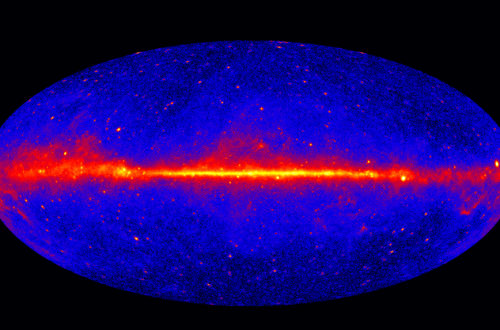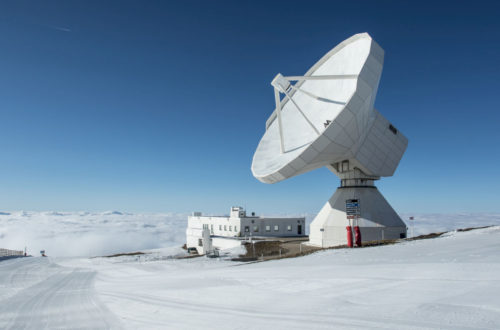I recently published my first paper in my Ph.D., focussing mainly on how jets accelerate from black hole accretion disks using first-principles general relativistic magneto-hydrodynamic simulations. It is an important question, how jets become relativistic, achieving high enough kinetic energy to affect the intergalactic medium upon collision. It turns out that the shape of jet matters a lot and that means, the ambient medium (i.e., the environment surrounding the black hole and the accretion disk) really needs to be evolved properly.
Interestingly, when you evolve your simulation enough to give instabilities some time to work their magic, the jet begins to slow down. This slowdown happens because instabilities pick up plasma in the disk and steadily transfer it into the jet body, thereby increasing the jet’s inertia. Researchers couldn’t produce both the acceleration and deceleration in the same magnetized jet simulation before, which makes the result quite exciting! One of the important consequences of such an approach is the prediction of the altitude at the deceleration becomes significant: this could provide us with clues about the possible locations of particle acceleration. Check out the paper here!




